The Scandinavian Vikings, idealized for their roving sprits and legendary ferocity have left an eternal imprint in endless histories. The Vikings are remembered and held in high regard natural people very different from those of other times, a big mystery as to their origins, but tolerance and an immense legacy.
Origins of Scandinavian Vikings
The Scandinavian Vikings have roots in the population of early medieval who are earliest human foundations. The forms of Scandinavian societies altered over the years such that elements like overpopulation, political remains and need for money and journey propelled Viking spread. Some of their expeditions were made for the purpose of raids and looting, while others were merely peaceful trading ventures.
Early History
Starting the 8th century, a very distinct cultural entity of Vikings gradually enters historical scene distinguished by their vast shipbuilding approaching and military skill.
Expansion
The Viking Age was the age of great expansion of Scandinavian influence with numerous Vikings traveling and settling down in embanked regions including Britain, Ireland, Iceland etc. even beyond to North America.
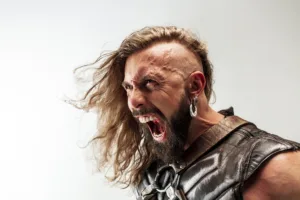
Scandinavian Vikings History
Scandinavian Viking history is varied and full of stories about conquests, expeditions, merchant voyages into other dominions. Their activities changed the political and social mosaics of Europe during the formative Middle-ages.
Scandinavian Vikings Timeline
The Viking Age is typically divided into three main phases: the early Viking Age between 8 th to 9 th, later was high viking age in the centuries’ time and late in other ages. There were diverse changes in Viking social organization and activities all during each of the periods.
Scandinavian Vikings Culture
The religion and practices of Scandinavian Vikings not only revolved around the religious activities but they encompassed social class, daily routine life etc.
Social Structure
The Viking society was pervaded by a clear stratification of power, that is to say that the chiefains and jarls were very fierce. Yet possibilities for mobility were there, and there lay a route to upward social progression, armed with their mastery of arms.
Religious Beliefs
The Vikings believed in a pantheon of gods and goddesses rather than a sole deity and this included such notables as Odin, Thor. The religious practices engaged in by the tribes focused on rituals, sacrifices and ceremonies geared at pleasing one after another.
Daily Life
The life of the typical Viking centered on farming and fishing while they were in their villages, and other activities such as trade. Kinship and with the wider society as well was a major bond; communal meetings, referred to as Thing assembly, were also crucial in governance issues and dispute resolutions.
Exploration and Expansion
The admirable cause that the search is doing for them rests in between two shadows; it is a shadow regarding their reputation to be ferocious raiders, and any flicker of light would help throw this darkness with some sparkles of daylight. The Vikings were able to travel through rivers and oceans thanks to Viking longships which was a reputation for their speed and agility on any body of water.
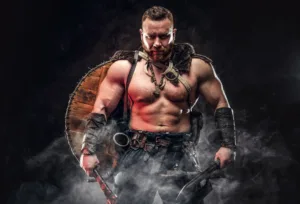
Scandinavian Vikings Map
The Scandinavian Vikings turned whole continents into archipelagos placing their own mark on regions as far-ranging from the British Isles to France, Russia, and seas in southern Europe.
Legacy of Scandinavian Vikings
However, the real legacy of Scandinavian Vikings is mentioned far more than their line in wars does. They have their caught a legacy mark in language, law and cultural practices that is even kept up today.
Scandinavian Vikings Facts
- The word Viking at first did not imply any relationship to a sectional group but referred simply to an activity.
- The Viking women had important roles in the Viking society, some of them were also women warriors, while others served as warriors and traders.
- Runestones, etched with Norse images and inscriptions form the key sources that enable an understanding of Viking culture and past.
Scandinavian Vikings Names
Nature, warfare, or mythology are aspects seen more in most Viking names. The common names were Ragnar, Bjorn, and Freydis which carried with them a lot of symbols Sigurd was known as Retinifer or the bearer of weapons Stigand prior to assuming kingship was identifiable by the name CHALISMANDEG.
Physical Characteristics
As a rule, Scandinavian Vikings were, for their moment the persons of commonly high size. For instance, men averaged some5 ft 7 in. Hycinthus physiques and fairness in their complexions were a point of renown.
Modern Representation
Since the modern era, this image of Viking has become favorite topic for literature, movie scripts and television serials. Yet they are often depicting Viking society and culture without any complexities.
Evolution of Scandinavian Viking Culture
Culture evolves and adapts to changes in circumstances. Thus, the Scandinavian Viking culture adapted over time to new realia. In getting used to new territories and coming into contact with other races, they adopted some aspects of culture from far and wide; the dominant then merged with local cultural components.
Scandinavian Vikings Today
Although separated by centuries, the symbol of Scandinavian Vikings lives on today. Their influence persists from Scandinavian place names to cultural traditions.
Conclusion
The saga of the Scandinavian Vikings is a tale of adventure, discovery, and cultural interaction. Starting from their humble beginning to their far-reaching influence, the Vikings define an exceptional mark on history that is till gripping and fascinating.
FAQs
Q: Were all Vikings fierce warriors?
A: Although most Viking were good warriors, Viking society was not homogeneous and nor all Vikings took part in raids.
Q: What were some notable Viking voyages?
A: Other important Viking expeditions were the discovery of Iceland by Erik the Red and Leif Erikson’s exploration of Vinland (North America).
Q: Did the Vikings have a written language?
A: Yes, the Vikings wrote in runic alphabet called Futhark with which they carved inscriptions on stone, wood and other materials.
Q: What was the position of women in Viking society?
A: The Viking society had numerous positions for women; they ran the homes, farmed while a few even took on trading and war.
Q: How did the Viking Age end?
A: The Viking Age died out over time with the advent of Christianity in Scandinavia and birth of centralized kingdoms.


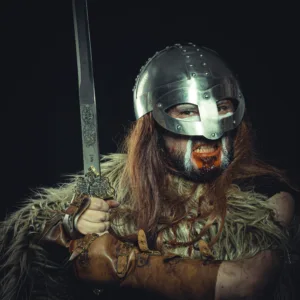
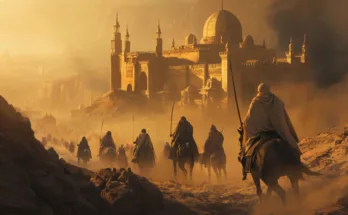
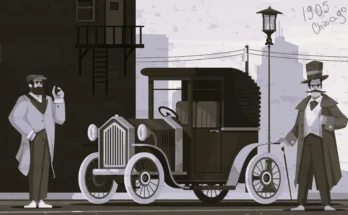
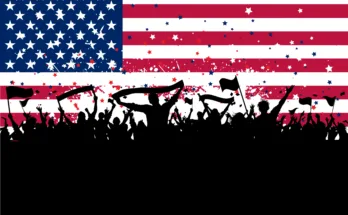
One Comment on “Scandinavian Vikings”